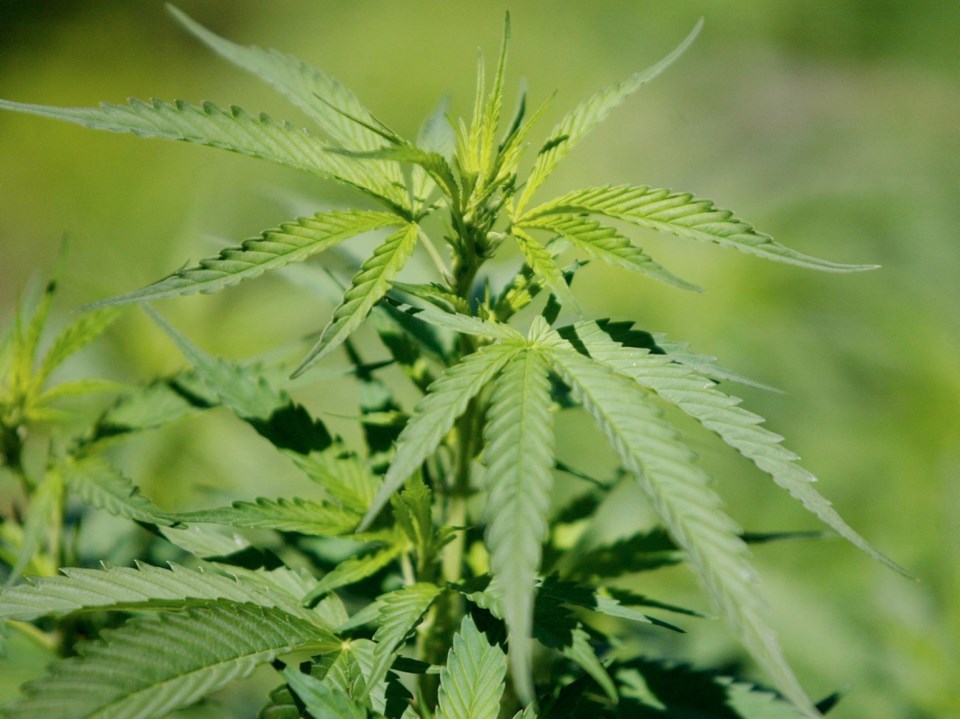Bad enough to have a nightmare. Worse when it comes back to haunt you six years later.
Which is what a Cowichan Valley couple are finding as they try to sell a house that a tenant once tried to turn into a marijuana grow-op.
Banks are leery of such properties. Ditto for insurance companies. Brokers warn off prospective buyers. A sale fell through last weekend because of that.
Never mind that owner Sue Livingston and her husband remediated their house and have lived in it for the past six years. The red flag is up.
“This thing hangs over it like a bloody albatross,” says a frustrated Livingston.
It’s not an uncommon story in B.C., where the province’s real estate body says the inconsistency of disclosure and remediation practices often makes banks and insurers reluctant to touch any property with drugs in its past. The blanket approach causes people like Livingston to lose out.
The tale goes back to April 2009 when the couple rented out their North Cowichan investment property. The tenant seemed ideal: friendly guy, 35 or 40, with a young kid in tow. Said he was moving up from Victoria with his fiancée. His references checked out. Always paid the rent on time.
The mask slipped off that August when a neighbour saw smoke coming from the house. Firefighters found that a hot grow-lamp had fallen in a storage area holding between 75 and 250 marijuana plants.
There was no fire, just a lot of smoke, but it soon became apparent that the tenant was in the process of converting the whole house to a grow-op.
He hadn’t even been living there. The kitchen, living room and dining room were furnished, staged right down to the plates on the tables, but that was just to fool anyone looking through the windows. There were no beds in the bedrooms. Carpets had been ripped out and holes cut in the floor for venting. Charcoal filters had been brought in. Windows were covered. More grow trays were being built in the garage.
What really hurt is that the owners were the only ones punished. RCMP said issues with the evidence and identification of a suspect prevented them from laying charges. “He walked, and we got left with this absolute mess,” Livingston says.
Because the damage was caused by illegal activity, the owners’ house insurance didn’t kick in. They were on the hook for tens of thousands of dollars worth of painting, new insulation, electrical work, flooring and more. Livingston’s husband, a contractor, did much of the work, but that meant he wasn’t available to earn money elsewhere for a couple of months.
There was also a $3,500 bill from North Cowichan, which has a bylaw that lets it recover its costs — police, fire, building inspection — when dealing with drug houses.
The owners paid another $3,500 for an extensive environmental inspection, to prove that the remediation was complete.
Yet even after all that, they can’t shake the stigma.
“This is a never-ending problem,” Livingston says. “Even the banks are saying, ‘Once a grow-op, always a grow-op.’ I’m just stumped by all of this.”
The B.C. Real Estate Association says the situation illustrates why the status quo must change. As it is, the definition of “remediation” varies so widely from municipality to municipality that some lenders and insurers hesitate to touch any home with a history of drug production, says spokesman Damian Stathonikos. Likewise, municipalities vary in their willingness and ability to tell realtors and prospective buyers about such homes.
The association’s website cites anecdotal evidence that B.C. has up to 18,500 illegal grow-ops and 500 clandestine drug labs. The group wants the province to adopt consistent standards for reporting and remediating such properties. As it is, buyers, renters and real estate agents “have no consistent method of learning whether a building has been identified as having been used in drug operations, or whether it has been remediated to a standard that will ensure health and safety risks have been eradicated.”
The website goes on to talk about mould, electrical fires, chemicals chucked in the backyard, even the possibility of invasion by criminals looking for drugs.
OK, says Livingston, but none of that describes her home of the past six years. “Our house is in better condition than when we purchased it.” The blanket approach to former grow-ops is smothering her, unfairly.
It was frustrating to see last weekend’s sale fall through.
“The sad thing is they would be getting an absolutely lovely home.”



